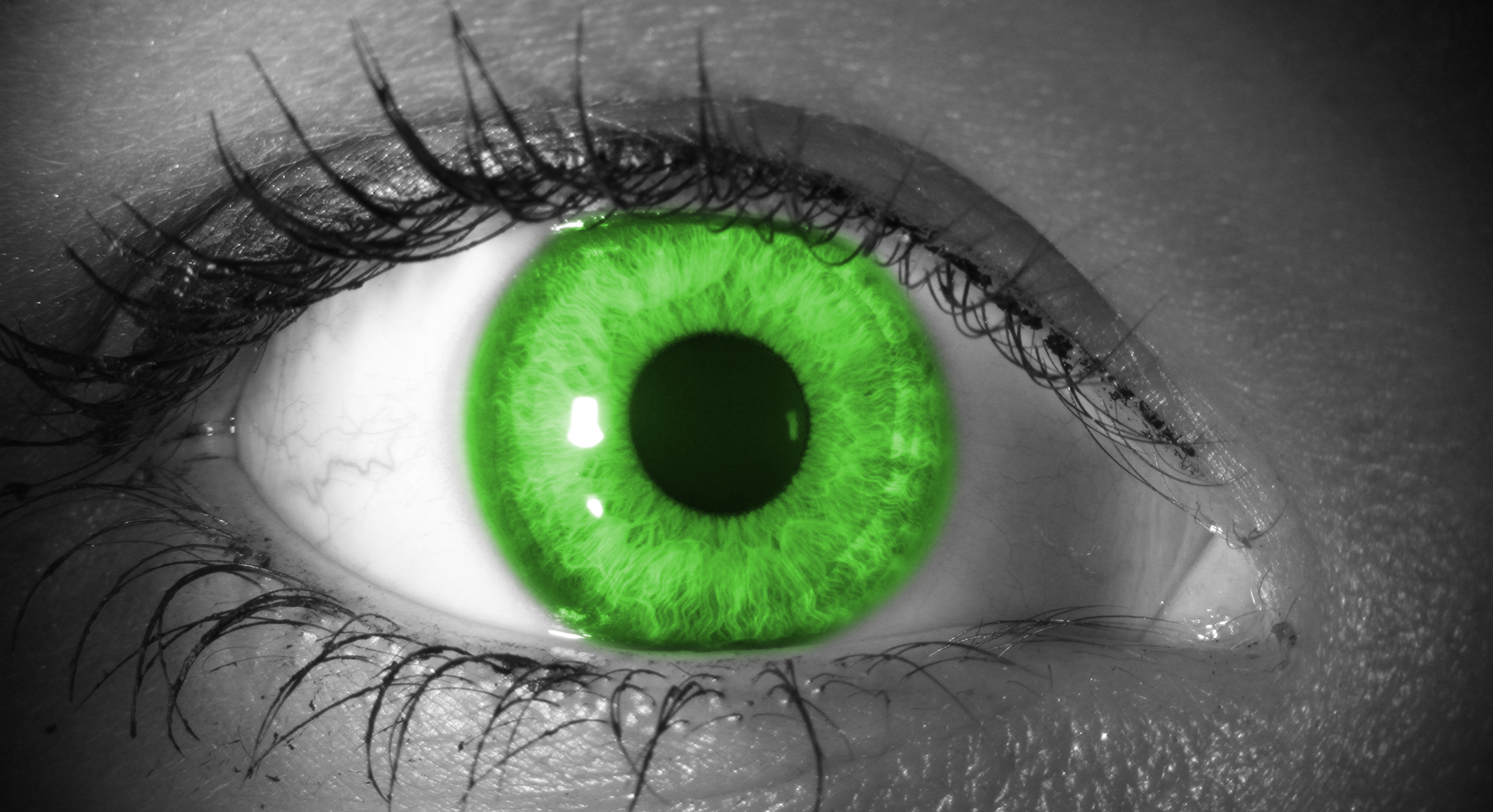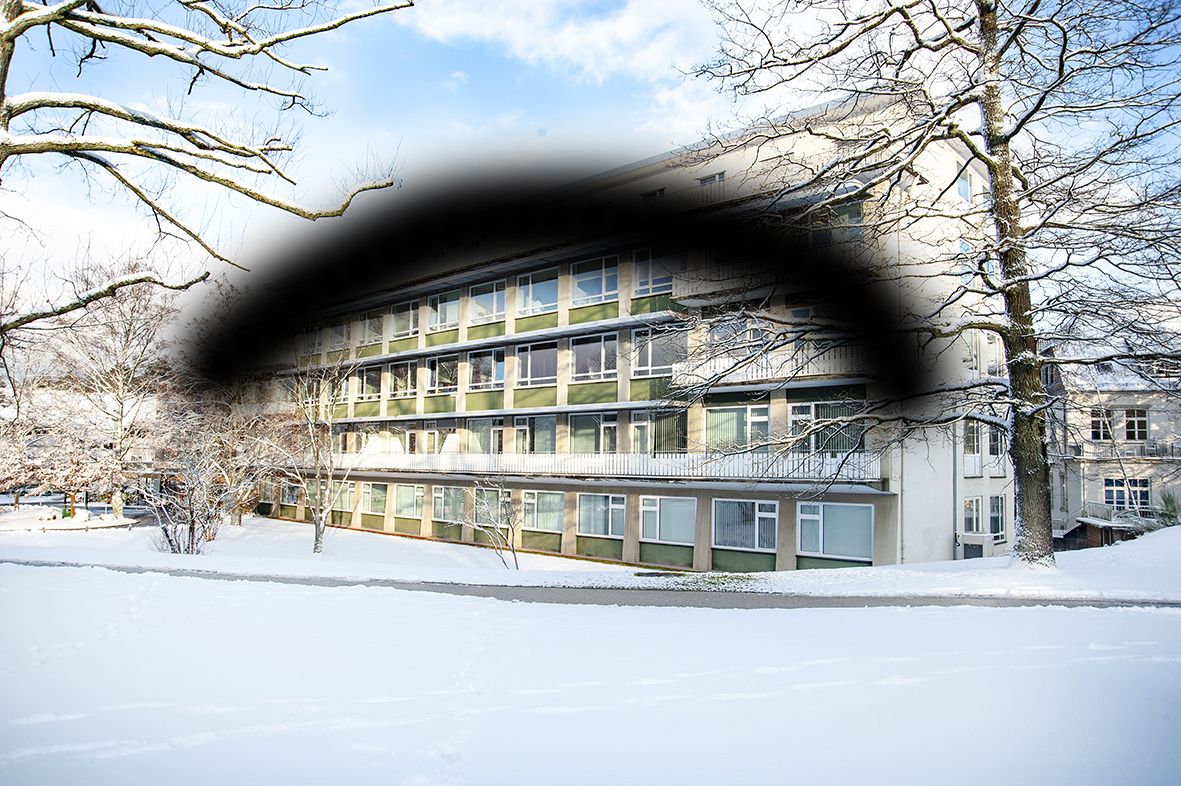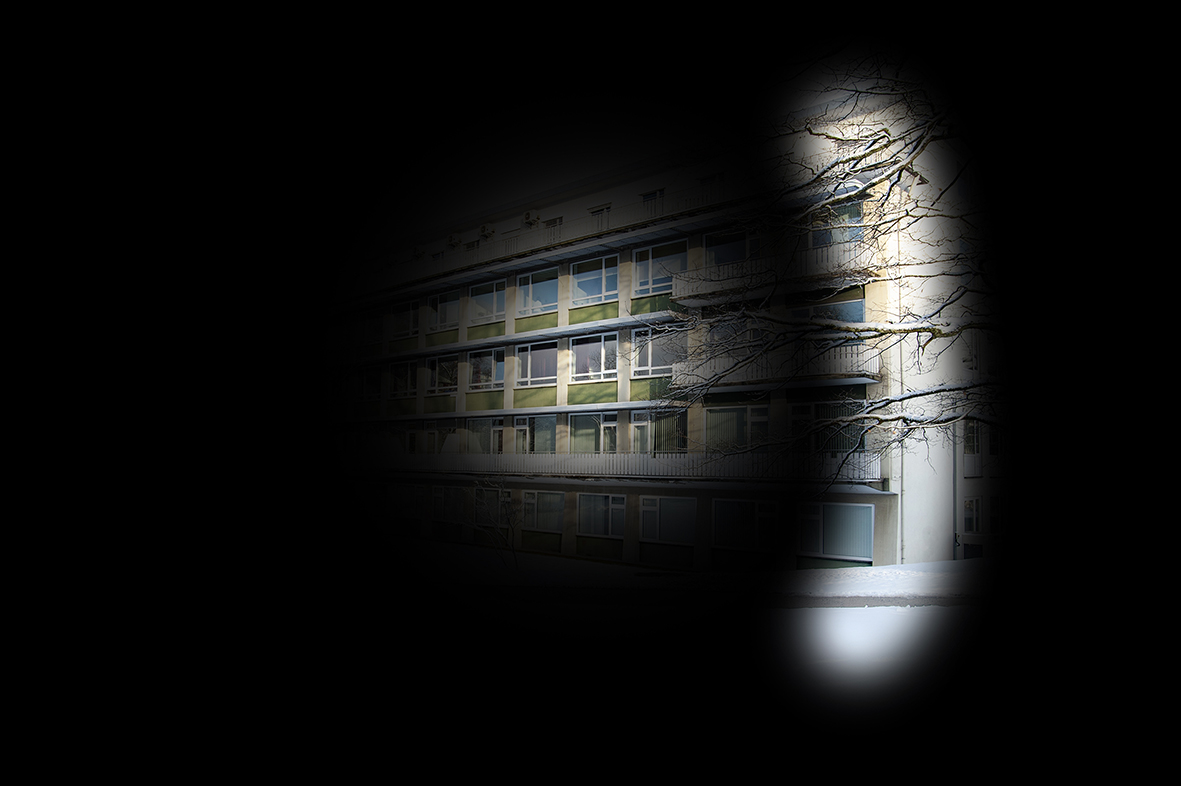What is glaucoma?
Glaucomas often go without symptoms at first. When the person concerned becomes aware of a loss of visual function, the damage is well advanced. Damage caused in this way can almost never be reversed, since destroyed nerve cells cannot be restored. In glaucoma, one can only try to maintain the remaining eyesight and prevent blindness.
This is only possible if you are informed about the disease and its dangers - and about the chances of early detection. Since in principle everyone runs the risk of developing glaucoma without noticing it in time, we would like to raise awareness of this risk through education.
In principle, glaucoma can occur at any age, but the likelihood increases significantly with age. From the age of 40, early glaucoma detection is therefore recommended every 2 to 3 years.
The intraocular pressure is measured, the optic nerve is assessed and measured on request or a doctor's recommendation. You may be advised to perform a daily pressure profile during a short inpatient stay.
70 to 80 year olds are affected at least eight times as often as 30 to 40 year olds. Men and women are equally at risk when they are younger, while women are more often affected than men in old age. Glaucomatous eye diseases are treacherous and steal eyesight like a "thief in the night".
What types are there?
- Primary open-angle glaucoma
- Angle-angle or angle-closure glaucoma
- Normal pressure glaucoma
How can you treat glaucoma?
- Medical therapy
- Surgical therapy:
creation of a drainage facility from the anterior chamber under the conjunctiva - trabeculectomy.
Opening of the trabecular meshwork and connection of Schlemm's canal with the anterior chamber - trabeculotomy.
Probing of Schlemm's canal and tensioning of the trabecular meshwork to improve drainage - canaloplasty. Removal of
the trabecular meshwork in the chamber angle with the trabectome.
Implantation of microscopic stents,
laser operations.



